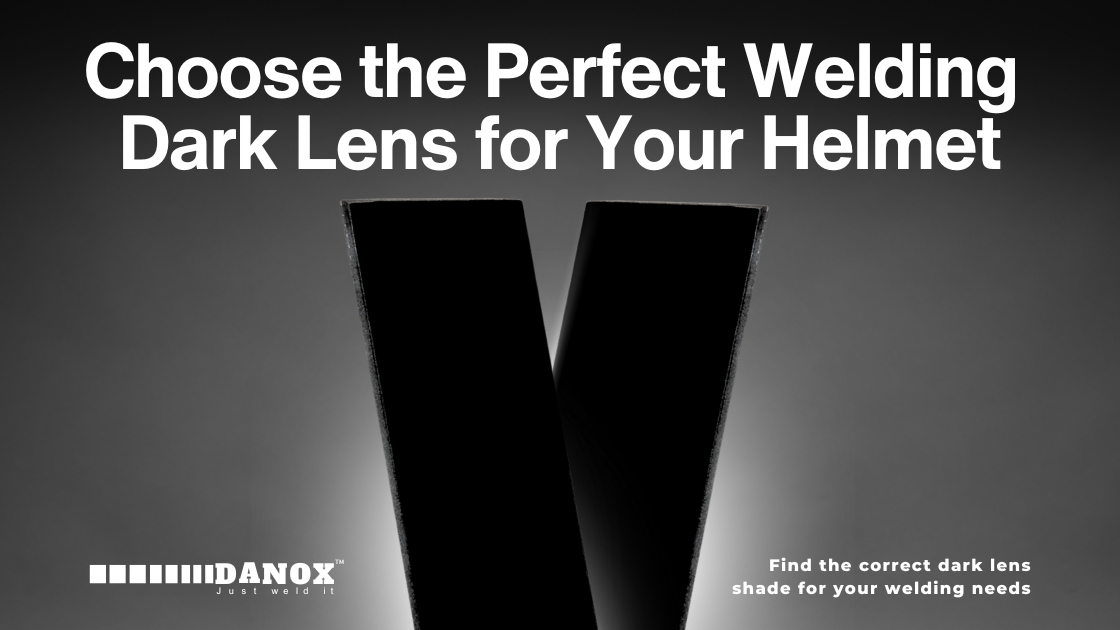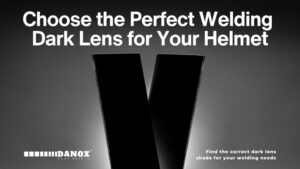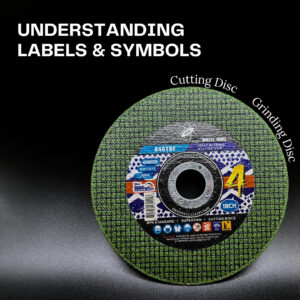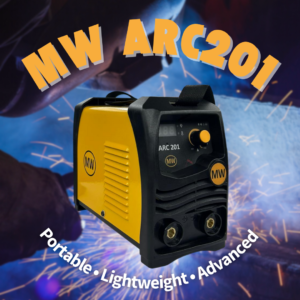
Welding is an essential process in various industries, but it comes with its own set of hazards – especially when it comes to eye safety. Many welders experience difficulty seeing the welding arc, leading to assumptions that something is wrong with their welding machine. However, more often than not, the issue is related to their choice of welding dark lens. Selecting the correct lens shade can significantly impact visibility, protection, and overall welding efficiency.
In this guide, we will explore the importance of welding dark lenses, the different shade levels, and how to choose the best lens for your welding needs.
Why Welding Dark Lens Matters
The main purpose of a welding dark lens is to protect the welder’s eyes from intense ultraviolet (UV) and infrared (IR) radiation produced during welding. Exposure to these rays, even for a brief moment, can cause painful flash burns, commonly known as “arc eye”. This condition leads to redness, swelling, and extreme discomfort, making it crucial for welders to wear helmets with the appropriate lens shade.
A well-chosen lens shade not only protects your eyes but also enhances visibility, allowing you to see the welding arc clearly. This ensures better precision, improved weld quality, and reduced eye strain.
Understanding Welding Lens Shades
Welding lenses come in a variety of shades, ranging from #3 to #14. The shade number represents the darkness level of the lens, with higher numbers indicating darker lenses. However, the recommended shade range for welding typically falls between #7 and #13, depending on the welding process and amperage being used.
Welding Lens Shade Guide
View through Lens Shade #9 | View through Lens Shade #13 |
Shade Number | Recommended Welding Current (Amps) |
7-9 | Below 75 |
10 | 75 – 150 |
11 | 150 – 200 |
12 | 200 – 400 |
13 | 300 – 500 |
The type of welding process you are performing determines the appropriate lens shade. Here’s a breakdown:
Welding Process | Recommended Lens Shade |
MIG Welding | Between #10 and #13, depending on amperage. |
TIG Welding | Between #9 to #12, depending on the brightness of the arc. |
Arc/Stick Welding | Between #9 and #12, depending on amperage. |
Plasma Cutting | Lower amperage – #5 to #6 Higher amperage – #8 to #9 |
Oxy-fuel Cutting & Brazing | Between #3 and #6. |
How to Maintain Your Welding Dark Lens
To ensure the longevity and effectiveness of your welding dark lens, follow these maintenance tips:
- Regular Cleaning – Wipe off dusts, debris, and welding spatter with a microfiber cloth and lens cleaner.
Avoid Scratches – Store lenses in a protective case when not in use.
Inspect for Damage – Check for cracks or wear regularly and replace if needed.
Proper Storage – Keep your welding helmet and lenses in a dry, cool place to prevent moisture buildup and fogging.
Conclusion
Choosing the right welding dark lens is crucial for safety, visibility, and work efficiency. By understanding the different lens shades and their applications, you can make an informed decision that enhances your welding performance while protecting your eyes from harmful radiation. Investing in high-quality protective gear is always a wise choice.
Stay safe. Weld Smart.
Resource:
Crowood Metalworking Guides: Welding – Richard Lofting



